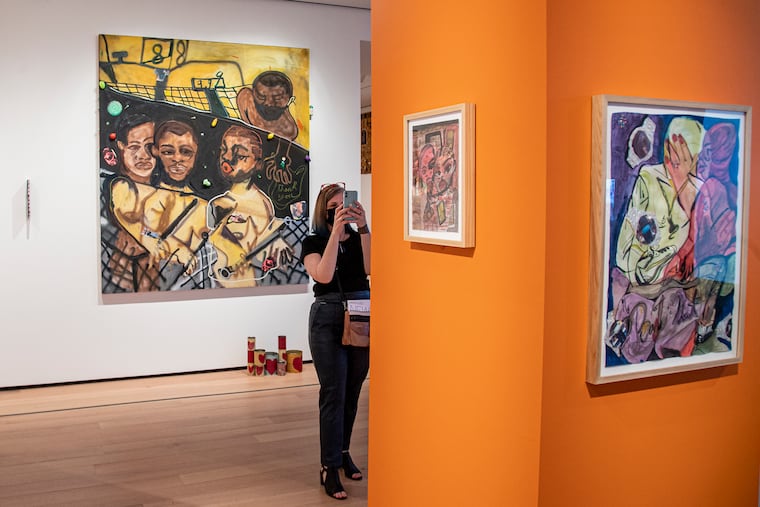‘Absolutely stunning’: First-day visitors take in Frank Gehry’s Art Museum transformation
The Philadelphia Museum of Art unveiled its $233 million Frank Gehry update late Friday morning with a formal ribbon cutting. Then the public walked in and weighed in.
